Discover the Power of Healing Foods! Newsletter
Issue
#009
Wed 2 October 2013
Hesperidin and Other Citrus Flavonoids -
Your Cancer Fighters
Welcome to the 9th issue of Discover The Power of Healing Foods! newsletter.
So far we've discussed several flavonoid antioxidants as well as some carotenoids and their amazing health properties. (Click on the links if
you've missed those issues and you want to catch up.)
In this issue we'll
discuss:
- Let Me Introduce You to Hesperidin
Let Me Introduce You to Hesperidin

When you think of the health properties of an orange, you usually think of its vitamin C content, don't
you? Well, there's much more to oranges than that, as you will find out in this newsletter.
You
might have heard of citrus flavonoids, but how about hesperidin? Perhaps you've heard of naringen? You might
not have heard of them but you surely ate them when you had your last orange or any of the citrus fruit, for
that matter.
Hesperidin and naringen are the two prominent members of this family. Lemons and oranges are the most common sources of hesperidin and naringen is found in grapefruit.
Hesperidin is perhaps the most important citrus flavonoid in oranges and one of the most powerful cancer fighters available.
Recent research studies focusing on hesperidin and a related compound, hesperetin
- both found in orange juice - have found them to be potent cancer
fighter. Several animal studies with these compounds have shown that
they can prevent the development of cancers of the breast and colon.
Scientists
at the U.S. Horticultural Research Laboratory in Florida found that
hesperetin inhibited production of enzymes that transform toxins such as
pesticides and cigarette smoke into cancer-causing agents called
carcinogens.
As If Fighting Cancer Wasn't Enough...
Unlike modern cancer drugs, which can often be worse than the disease, hesperidin has some very positive 'side-effects'.
For example, Japanese researchers found that hesperidin prevented bone loss in an animal model of menopause. Hesperidin was also associated with increased bone absorption of strengthening minerals, such as calcium, zinc and phosphorus.
In laboratory studies, Brazilian researchers found that hesperidin was able to help stop inflammation. And since it doesn't damage the delicate stomach lining the way aspirin can, it someday could be used to help relieve swelling in people who are sensitive to other anti-inflammatory drugs such as ibuprofen.
When Australian scientists analyzed the data from almost fifty international studies on the health benefits of citrus fruits, they found plenty of reasons to include oranges, grapefruit and tangerines in the daily diet.
For example:
- There is solid evidence that obesity, diabetes and heart disease can be reduced with daily citrus consumption.
- The likelihood of having a stroke declines by close to 20% among people who eat five daily
servings of fruit and vegetables plus one extra citrus fruit.
- Stomach, larynx, mouth and esophageal cancer rates plummet by as much as 50% among people who eat
the most citrus fruits.
Naringen and Naringenin

Hesperidin is not the only powerful flavonoid in oranges. In fact, there are quite a few different citrus flavonoids. Analyses of orange juice have shown that it contains as many as sixty such compounds!
We've already mentioned naringen, abundant in grapefruit. In a recent Brazilian study, naringen, performed well as a cholesterol-lowering agent.
A related compound known as naringenin is gaining renown for its role in brain health. British researchers found that naringenin (and hesperetin) were the most effective flavonoids tested at crossing the blood-brain barrier.
An animal study from Korea noted that naringenin inhibited the development of Alzheimer's disease. In addition, naringenin also provided significant protection for the brain from a chemical that induces amnesia.
And yet another animal study from Korea found that two forms of naringen were able to prevent the formation of lesions in blood vessels that contribute to hardening of the arteries and heart disease.
These are only a few of the many health-promoting flavonoids found in citrus.
Now Meet the Rest of the Citrus Flavonoid Team
Limonin
The white, bitter, crystalline substance found in oranges and lemon seeds.
Science is only beginning to explore the health potential of some of the lesser-known citrus flavonoids.
For example, limonin and nomilin, members of the limonoid group of citrus flavonoids, have been shown to prevent the duplication of the human immune deficiency virus-1 (HIV-1) in human blood cells.
Other citrus flavonoids, such as limonene, luteolin and diosmin - all found in lemons and oranges - have been shown to inhibit the growth of cancer in various ways.
Tangeretin, a related compound from tangerines, as well as lemons, grapefruits and oranges, not only fights cancer by reducing the growth of tumor cells, but also supports the part of the brain involved in Parkinson's disease.
Nobiletin, found in the flesh of tangerines and oranges, minimizes production of an inflammation-stimulating substance, and appears to slow the progression of joint damage related to osteoarthritis.
Make the Citrus Flavonoid Work for You
Do one simple thing:
Eat the orange with some of the pith (the spongy white layer between the zest and the pulp). A good
amount of the fruit's fiber and antioxidant compounds are found there, although it may cause flatulence to
some people.
Of course, flavonoids can't take all the credit for the amazing health benefits of oranges. Citrus fruits are filled with other antioxidants and fiber, too, plus there are undoubtedly other substances in these foods that have yet to be discovered.
Most people tend to eat just the pulp or drink the juice of oranges and discard the rest, but we now know that the concentration of hesperidin is considerably higher in the inner white pulp of the orange, rather than in its orange flesh.
But even squeezing lemon or lime wedges into water or tea is likely to provide some flavonoids, and a daily glass of orange juice is a good start.
But you don't want to go overboard with it. Juice is very high in sugar and low in fiber, plus the commercial varieties have very little vitamin C and flavonoids in them and much of these compounds are oxidized, so the body can't absorb them well.
Undoubtedly, the best way to get plenty of these nutrients is to eat a variety of citrus fruit and to eat the whole fruit whenever possible.
But how can you make the most of them? Well, read my page on the benefits of oranges to find out some ways to make all the citrus flavonoids work for you.
Coming Next...
I hope you have enjoyed reading this newsletter. Next time, I'd like to
discuss another important group of flavonoids, phytoestrogens and how they can be of be of benefit to
everybody.
If you have any questions on phytoestrogens, well, this is your opportunity to ask them and I'll try and
answer them in my next newsletter.
Until Next Time,
Aurora Raisbeck
P.S.
If you liked this newsletter, please do a friend and me a
big favour and "pay it forward". If a friend did forward this to you and
you like what you read, please subscribe by visiting Discover the Power
of Healing Foods!
Comments? Ideas? Feedback? I'd love to hear from you. Just use the
Contact Me form and let me know what you think.
Or fill in the
form
below to help me improve it.
Go to Foods' Healing Power Homepage from Hesperidin and Other Citrus Flavonoids page
Search for information on this site:
Receive Discover the Power of Healing Foods! Free
Newsletter
The Antioxidants Series:
Issue #3 - Free Radicals and Antioxidants - The Never Ending War
Issue #4 - Beta Carotene - A Powerful Ally in our Fight Against Free Radicals
Issue #5 - Lutein and Zeaxanthin - The Eye Protectors
Issue #6 - Discover the Benefits of Lycopene - Your Best Defence Against Cancer
Issue #7 - What are Flavonoids and
How Can We
Benefit from Them?
Issue #8 - Harness the Power of Anthocyanins -
Your Purple Defence
Issue #9 - Hesperidin and Other
Citrus Flavonoids - Your Cancer Fighters
Health Benefits of Blueberries -
Are They Exaggerated?
Most Popular
Pages:
The Best "Fish Oil" Supplement is Not Made from Fish
Bananas for High Blood
Pressure

Elimination Diet for IBS and Other Food
Sensitivities
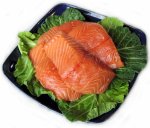
Healing Foods for Heart
Disease
Antioxidant Supplements
The most complete antioxidant formulation that you could find.
Mixed Ascorbates is a revolutionary buffered Vitamin C formula that delivers active Vitamin C in magnesium, calcium and potassium ascorbate form.
Phytoshield is a very potent and powerful phyto-antioxidant nutrient formula, containing high levels of flavonoids and carotenoids
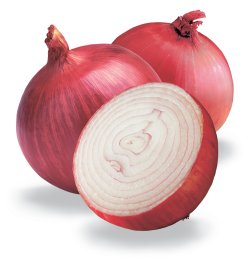
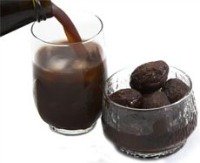

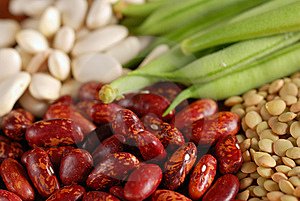


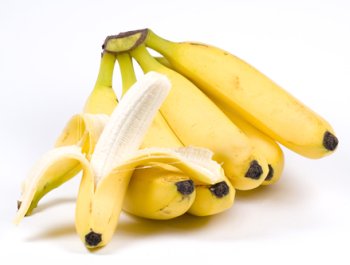
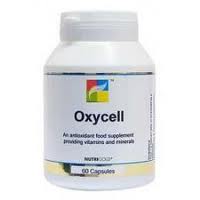
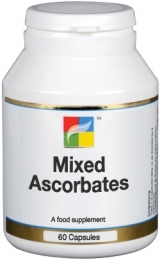
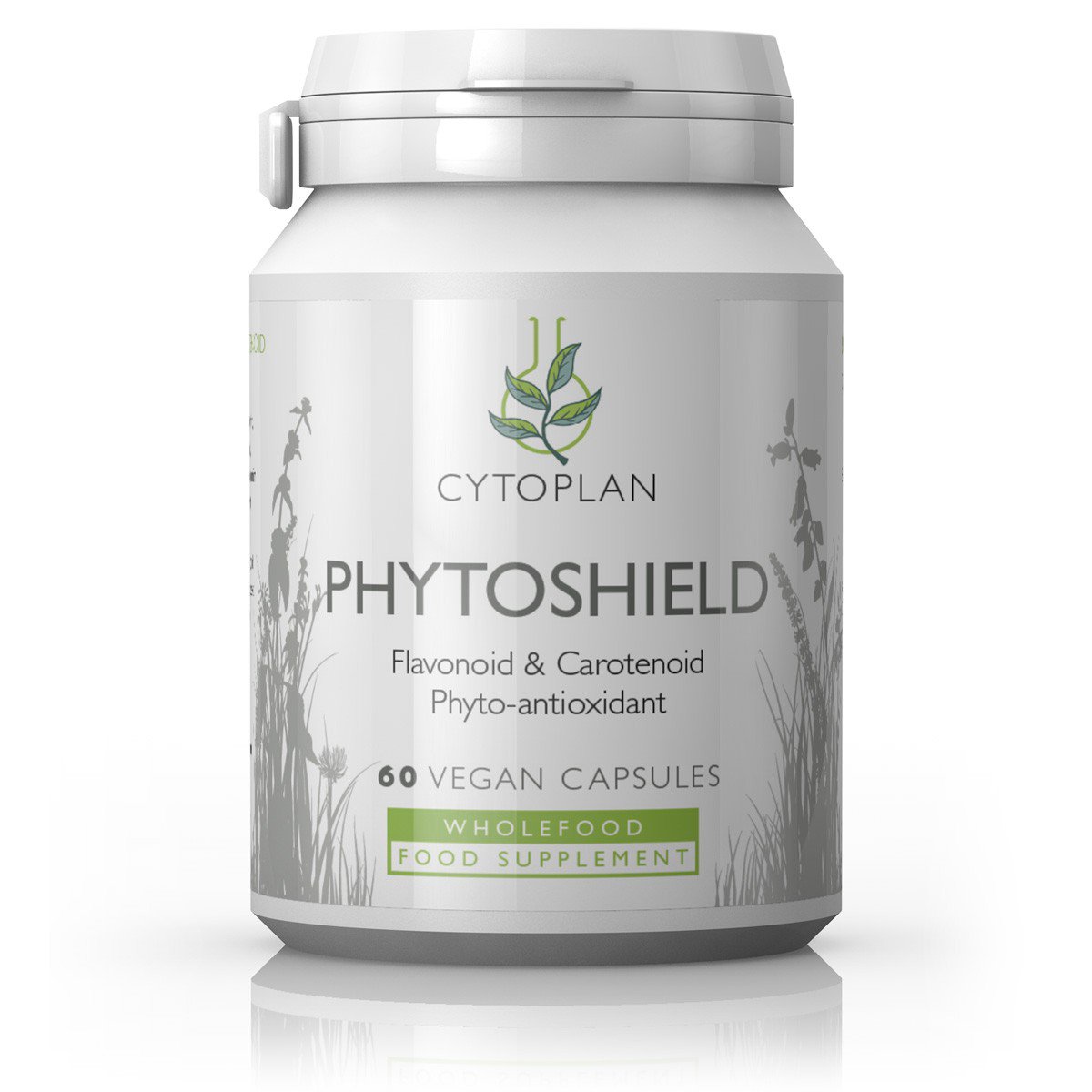
New! Comments
Have your say about what you just read! Leave me a comment in the box below.